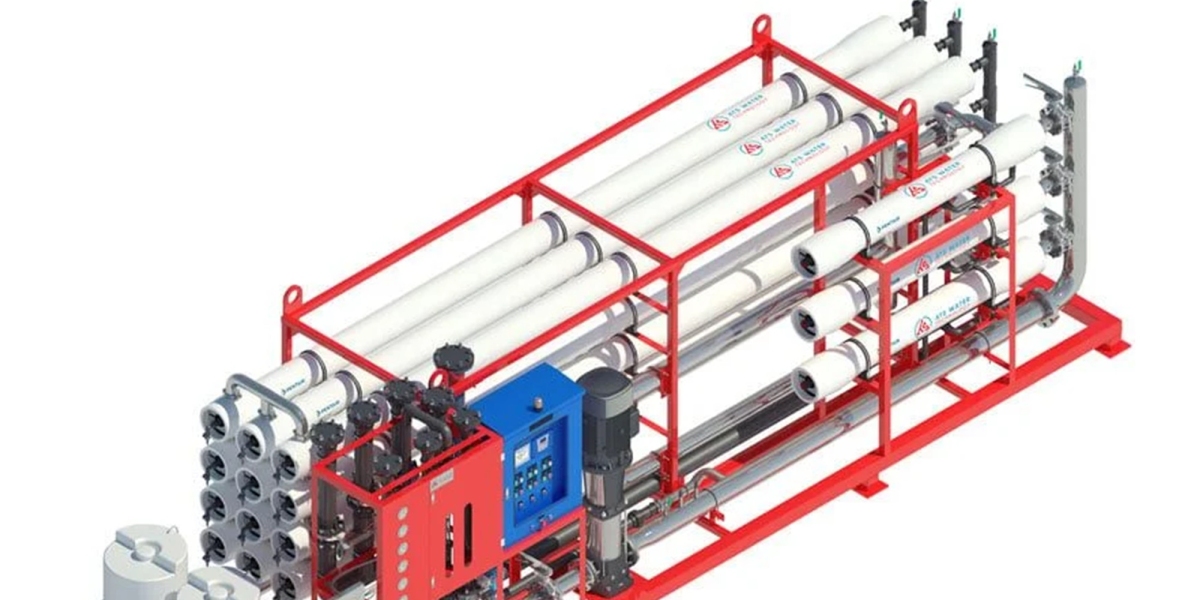Organizational efficiency is dependent on effective facility management practices that ensure continuous operations, optimal resource utilization, and adherence to all relevant safety and regulatory standards. A well-structured facilities management checklist serves as an effective tool to ensure that key tasks remain on track, processes are streamlined, and high standards are maintained across all operations. This article examines the components, benefits, and emerging trends associated with facility management checklists to aid in the development of a robust framework tailored to your specific requirements.
Understanding Facility Management Forms
A facility management checklist serves as an effective instrument for monitoring the various components of a building. This ensures that all critical tasks, including compliance inspections and daily maintenance activities, are completed without omission. Managers of physical spaces can enhance operational efficiency and promote team accountability by segmenting work into smaller, more manageable units.
Various environments, including hospitals, educational institutions, corporate offices, and manufacturing facilities, can derive significant advantages from implementing these checks. Customizing checklists to align with specific operational objectives is crucial, as each environment presents unique requirements.
Discover the capabilities of our no-code application platform: https://axonator.com/request-for-demo/
Critical Components for Facility Management Documentation
An exhaustive inventory considers multiple facets of facility management. The primary considerations to evaluate are as follows:
Maintenance and Equipment
Regular inspections of air conditioning, heating, plumbing, and electrical systems are essential. Preventative maintenance schedules are essential for important machinery. Monitor the duration required to address repair requests.Compliance and Safety Protocols
Regularly verify the functionality of the sprinkler system, fire alarms, and extinguishers. Ensure that exits are clearly visible and properly marked to facilitate identification during an emergency. Ensure that evacuation plans are current and conduct regular safety drills.Hygiene and Cleaning Protocols
Develop a cleaning schedule that outlines tasks to be performed on a daily, weekly, and monthly basis. Verify adherence to cleanliness standards in shared areas, including kitchens, restrooms, and corridors. It is essential to verify the availability of disinfectants and cleaning materials.Efficient Use of Space
Track the occupancy levels of common areas and meeting rooms. Modify floor plans to optimize space utilization in accordance with the company's requirements. Assess and modify hybrid workplace seating configurations as required.Energy Management
Track energy consumption and identify areas of inefficiency in processes. Regular audits of the heating, ventilation, and lighting systems are essential. Facilitate initiatives aimed at decreasing energy usage, including the implementation of motion-activated lighting systems.Inventory Management
Maintain a precise inventory of all tools, equipment, and materials available. Establish systems for inventory monitoring and initiate restocking procedures as required. Perform inventory audits regularly to identify inefficiencies and waste.Collaboration Between Contractors and Vendors
Maintain ongoing communication with contractors and service providers. Verify that all outsourced tasks are executed in compliance with the stipulations of the contract. Monitor and document vendor evaluations and certifications.
Benefits of Implementing a Checklist in Facility Management
The integration of a checklist into facility operations can significantly enhance overall efficiency. The utilization of a checklist ensures that each operation, ranging from minor inspections to major repairs, is conducted systematically, thereby reducing the likelihood of oversight.
Secondly, organizations can mitigate risk through the implementation of regularly updated checklists that ensure adherence to industry standards and regulatory requirements. Facilities can improve resource utilization and minimize waste through the effective monitoring of inventories and the scheduling of maintenance activities.
Structured processes eliminate redundant steps, thereby enabling teams to concentrate on projects of higher priority. The implementation of a checklist for delegating responsibilities facilitates accountability among team members. Additionally, maintaining comprehensive records enables efficient progress tracking and promotes transparent communication.
Future Directions for Facility Management Checklists
Traditional approaches to facility management have been replaced by advanced digital tools and technologies. Modern checklists have undergone evolution to incorporate advanced functionalities that address the dynamic requirements of diverse industries.
Currently, the majority of digital facility management systems incorporate checkbox features as standard functionality. The implementation of these technologies facilitates collaboration among team members, automates tasks, and provides real-time information, thereby reducing the probability of human errors.
Real-time data collection by Internet of Things (IoT) devices enhances the efficiency of facilities management checklists. HVAC faults or water leaks can trigger immediate notifications to managers via the implementation of sensors.
Facility managers can now assign jobs remotely and monitor operations using mobile-compatible checklists. This skill is essential when addressing urgent matters or overseeing multiple sites.
About Axonator Inc.:
At Axonator, our vision is simple yet powerful: to enable the world on mobile. We envision a future where every aspect of business and society is seamlessly connected through mobile devices. Our mission is to empower businesses worldwide to leverage the full potential of mobile technology, transforming the way they operate, communicate, and collaborate.
Contact:
Axonator Inc. (The World On Mobile)
Austin, TX, USA
USA: +1-716-274-8885
India: +91-8600-032-635
Email: support@axonator.com
Website: https://axonator.com/









